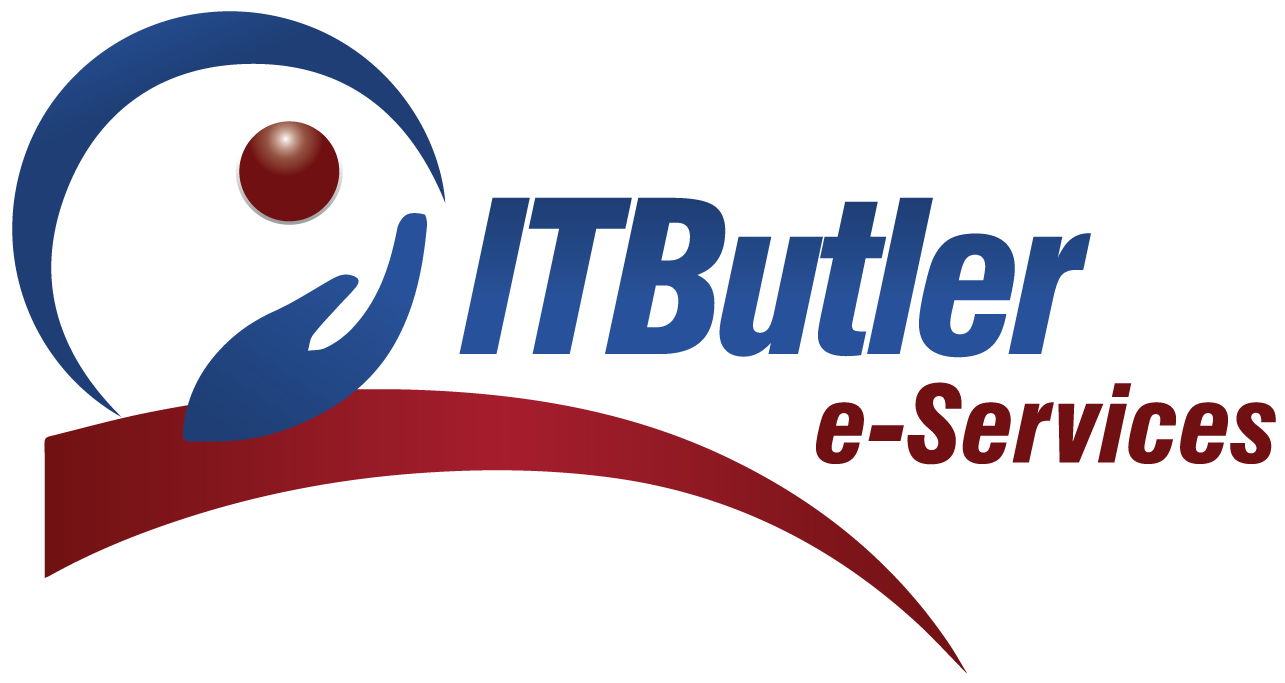In the dynamic landscape of cybersecurity, achieving excellence requires more than just compliance – it demands a holistic approach. This in-depth exploration unveils the intricacies of holistic ISO implementation, delving into nuanced considerations, detailed strategies, and the profound impact it has on fortifying organizations’ cybersecurity postures globally.
Navigating the Nuances of ISO Implementation
Strategic Alignment with Business Goals
- Holistic ISO implementation begins with a meticulous alignment with business goals. Understanding the organization’s overarching objectives allows for the tailoring of ISO standards to specific needs, ensuring that cybersecurity measures are not only robust but strategically aligned with the organization’s mission.
Risk Calibration and Mitigation
- The heart of ISO implementation lies in the identification, calibration, and mitigation of risks. Organizations must conduct a granular risk assessment, categorizing and prioritizing potential threats. This detailed approach allows for the development of targeted mitigation strategies, ensuring a proactive defense against the spectrum of cyber threats.
Comprehensive Documentation Framework
- Documentation is the backbone of ISO implementation. A comprehensive framework includes policies, procedures, guidelines, and records. Each document must not only adhere to ISO standards but also be intricately linked to operational processes, creating a seamless integration of information security measures.
Training as a Strategic Imperative
- Employee awareness and competence are central to ISO success. A robust training program, tailored to the organization’s unique context, ensures that every member of the workforce understands their role in maintaining information security. This transformative approach turns employees into proactive guardians of cybersecurity.
Strategies for Seamless ISO Implementation
Leadership Involvement and Advocacy
- The involvement and advocacy of top leadership are paramount. Leaders should not only endorse ISO implementation but actively champion it. Their commitment sets the tone for the entire organization, emphasizing that information security is not just a compliance requirement but a strategic priority.
Phase-by-Phase Roadmap
- Holistic ISO implementation is best approached through a carefully crafted, phase-by-phase roadmap. Each phase addresses specific aspects of ISO standards, allowing organizations to methodically progress toward certification. This strategic approach minimizes disruptions and fosters a sustainable cybersecurity journey.
Technology Integration and Automation
- Technology plays a crucial role in ISO implementation. Integration with existing technologies and the deployment of automation tools streamline processes. Automated systems for risk assessment, incident response, and compliance tracking enhance efficiency and accuracy, ensuring that organizations stay ahead of the evolving threat landscape.
Continuous Improvement Mechanisms
- ISO’s essence lies in continuous improvement. Organizations must establish mechanisms for ongoing monitoring, evaluation, and improvement. Internal audits, feedback loops, and regular reviews are integral to the iterative nature of ISO implementation, fostering a culture of adaptability and resilience.
Impactful Outcomes of Holistic ISO Implementation
Strategic Risk Management
- Holistic ISO implementation transforms risk management into a strategic asset. The organization gains the ability to proactively identify, assess, and manage risks in alignment with its strategic objectives. This approach empowers decision-makers to make informed choices that fortify the organization against emerging threats.
Elevated Compliance Standards
- ISO certification goes beyond meeting compliance standards; it elevates them. Organizations become standard-bearers for information security excellence, gaining recognition for their commitment to not only meeting but exceeding global compliance expectations.
Global Trust and Recognition
- ISO certification is a badge of global trust. Stakeholders, clients, and partners recognize ISO-certified organizations as reliable custodians of information security. This recognition opens doors to global partnerships and enhances the organization’s reputation in the ever-competitive digital landscape.
Agile Adaptation to Changing Landscapes
- The transformative impact of holistic ISO implementation lies in its ability to facilitate agile adaptation. Organizations equipped with ISO certification can navigate swiftly through evolving threat landscapes, industry changes, and regulatory updates. This adaptability ensures that their cybersecurity measures remain resilient and relevant over time.
Conclusion: A Holistic Journey towards Cybersecurity Excellence
In conclusion, holistic ISO implementation is not a mere checklist; it’s a transformative journey towards cybersecurity excellence. By meticulously navigating the nuances, implementing strategic approaches, and realizing the impactful outcomes, organizations can fortify their cybersecurity postures on a global scale. Embrace the in-depth blueprint for ISO implementation, charting a course towards a safer, more resilient digital future.






